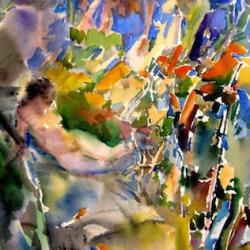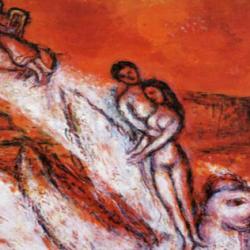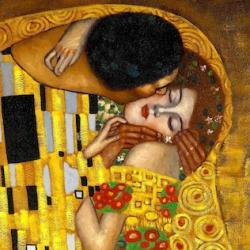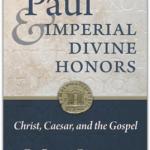Jill Munro’s Spikenard and Saffron: The Imagery of the Song of Songs (Jsot Supplement Series) is superb. Though written originally as a dissertation, Munro has cleared out the apparatus and provided an uncluttered and concise discussion of the Song’s imagery. She finds three main, overlapping zones of imagery in the Song – Courtly, Familial, Natural – and does a very neat job not only of noting the imagery, but following its development in the Song.
She notes , for instance, how the bride grows in independence, splendor, and power through the Song. She’s being bullied by brothers at the beginning, but by the end she is like a royal city, and even like the sun and moon. Through the Song, she grows too into a female counterpart of Solomon, the “Shulammite” (7:1) and a “princely daughter” (7:2). Munro is good at noting how imagery clusters together to leave a larger impression. The bride is inside, behind walls, behind a veil, while the lover cavorts about the mountains outside. She wants to get him in ; he invites her out . Regal imagery, she observes, has different functions with the bride and the lover. With the man, “images of kingship are part of the language of intimacy, blending with scents, wines and oils,” while when linked to the woman the imagery assumes “military and cosmic dimensions, expressing her lover’s admiration but also underlining the qualities that maker her a redoubtable partner.”















